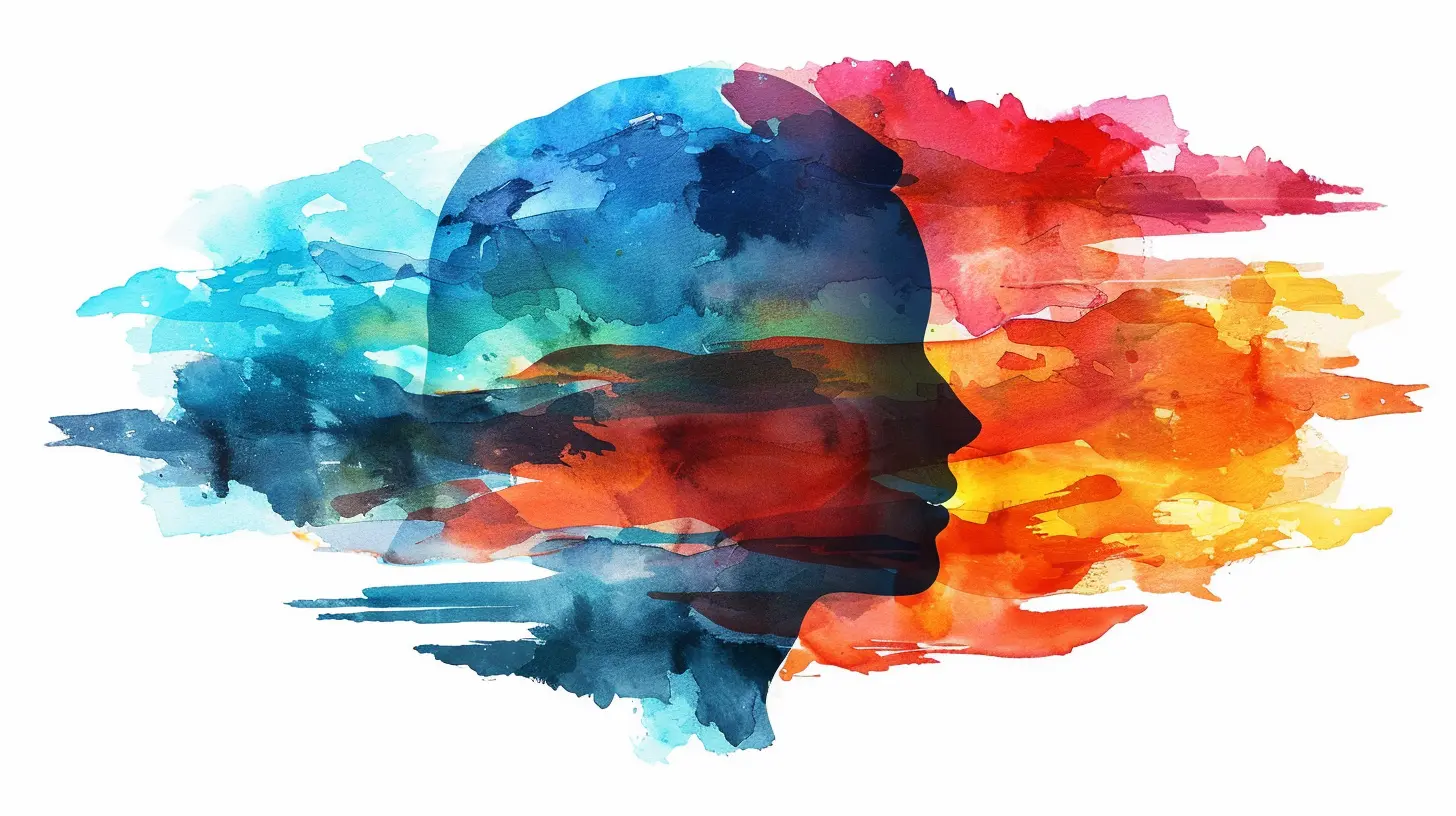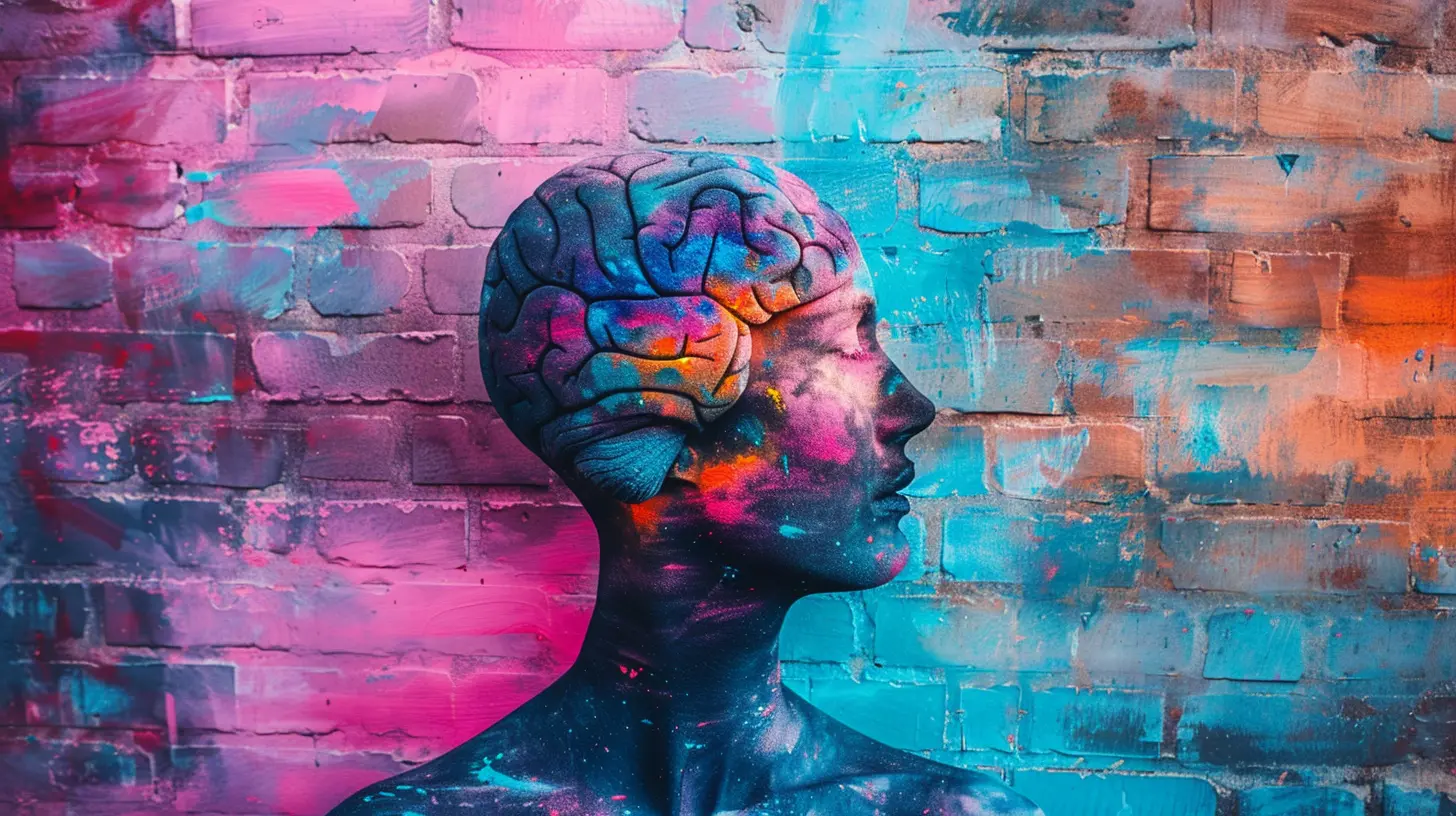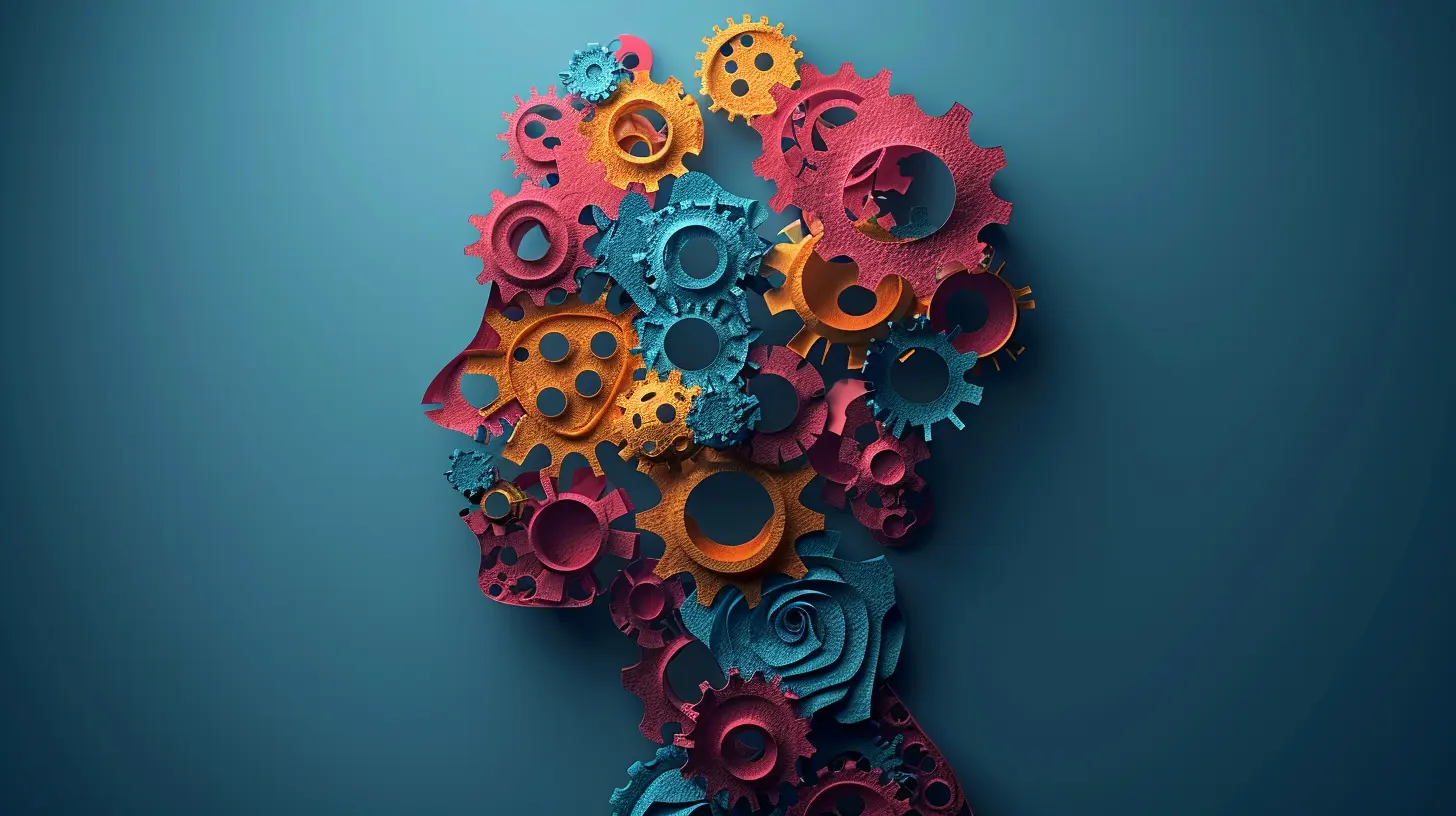Applying Behavioral Insights to Improve Mental Health
3 October 2025
Mental health is finally getting the attention it deserves. But, let’s be honest—understanding what actually works to improve mental wellbeing? That’s a whole different story. Therapy, medication, self-help books, meditation apps... we’ve got tools galore. Yet, despite all of this, many people still feel stuck.
So, what if we started looking at mental health through a different lens? Something a little more scientific, a little more—dare I say—behavioral?
That’s where behavioral insights come in. These clever nuggets of psychology help us understand how people actually behave, not just how they say they behave. And trust me, there’s a world of difference between the two.
In this article, we’ll dive deep (but not too technical, promise) into how behavioral insights can be applied to improve mental health. We’re going to talk brains, habits, nudges, and more—all wrapped in a human-first approach that just makes sense.
What Are Behavioral Insights, Really?
Let’s start with the basics. Behavioral insights are all about putting psychological science to work in everyday life. They draw from behavioral economics, cognitive psychology, and neuroscience to explain why people make the decisions they do.Here's the kicker: these insights often reveal that we’re not all that rational. Shocking, right?
We procrastinate. We over-eat. We doom-scroll Instagram at 2 a.m. We know these things aren’t good for us, yet we keep doing them.
Behavioral insights help us figure out why we do this, and more importantly, how to change it.
Why Mental Health Needs Behavioral Science
Think about it—mental health is deeply tied to behavior. How we think, feel, and act are all interconnected. But most mental health strategies focus mainly on thoughts and emotions.Behavioral insights flip the script a bit. They focus on changing behavior first, which can then lead to improved thoughts and emotions. This is actually one of the core ideas in Cognitive Behavioral Therapy (CBT). But rather than stopping there, behavioral science zooms out and looks at the bigger picture—our environments, habits, subconscious cues, and more.
This shift opens up a ton of possibilities for helping people break bad cycles and build healthier lives.
The Power of Small Nudges
Let’s talk about nudges. Not the kind you get when your friend wants your attention—the behavioral kind.A “nudge” is a small tweak to the environment or the way choices are presented that makes it easier for people to make better decisions.
For example:
- Getting a notification from your meditation app at the exact moment you usually start feeling overwhelmed.
- Designing a therapy appointment booking system that’s so easy to use, you don’t have to think twice.
- Placing healthier snacks in your line of sight, while the junk is hidden away.
These aren’t huge changes. But they can lead to very different outcomes.
In the context of mental health, nudges can reduce friction and boost motivation—two things that often tank when you're struggling mentally.
Habit Loops and Mental Health
Ever heard of habit loops? They’re made up of three parts:1. Cue – The trigger (ex: you feel stressed)
2. Routine – The behavior (you binge-watch Netflix for 6 hours)
3. Reward – The payoff (temporary distraction from stress)
Now, habits aren’t bad by default. In fact, good habits can be life-saving when your mental health is on the ropes. But the trick is understanding your current loops—and hijacking them.
Here’s an idea: Instead of reaching for junk food when you’re anxious, could you replace that routine with a 2-minute breathing exercise? It sounds small, but if the reward (calm) meets the same emotional need, you can rewire the loop over time.
Behavioral insights allow us to design better habit loops—not just try to willpower our way out of the bad ones. And that’s a game-changer.
Decision Fatigue and Mental Overload
Mental health struggles often come with a side dish of decision fatigue—you know, that “I can’t even decide what to eat today” feeling.We make hundreds of tiny decisions every day, and when you’re already mentally drained, it’s no surprise that even small choices feel impossible.
Behavioral science tells us that “default options” and “choice architecture” can help here.
For example:
- Pre-planning meals or outfits for the week.
- Having a go-to self-care checklist for bad days.
- Creating a mini-morning routine that runs on autopilot.
Removing the burden of choices where possible frees up mental bandwidth for bigger, more meaningful things—like therapy, connection, or just getting out of bed.
Tackling Procrastination With Behavioral Tools
Let’s be real for a sec—procrastination is the Achilles’ heel of mental health recovery. You know you should go to therapy, exercise, journal, whatever... but you’ll “do it tomorrow.”Behavioral insights offer simple but effective strategies for fighting the procrastination beast:
- Temptation bundling: Only watch your favorite show while walking on the treadmill.
- Precommitment: Schedule your therapy session and pay in advance—now bailing means losing money.
- Implementation intentions: Define the “when, where, and how.” Not just “I’ll meditate,” but “I’ll meditate on my bed for 5 minutes right after brushing my teeth.”
See? Trick your future self into doing what your present self wants. It’s sneaky—but in the best way possible.
The Role of Positive Reinforcement
Who doesn’t love a little pat on the back?Behavioral psychology teaches us that behavior followed by a positive outcome is more likely to be repeated. Yet, when it comes to mental health, we rarely build in rewards.
Instead, we guilt ourselves for not doing “enough.”
Let’s flip that.
Create micro-rewards. Finished a journal entry? Treat yourself to a fancy coffee. Got through a therapy session? Watch that feel-good movie guilt-free.
It’s not bribery—it’s wiring your brain to recognize progress. And progress, no matter how small, deserves celebration.
Behavioral Design for Mental Wellness Apps
A lot of mental health apps are based on behavioral insight. Some are better at it than others, but the best ones use gamification, streaks, and social accountability to make staying healthy fun (or at least less tedious).Take this example: mood-tracking apps that give gentle reminders each day and show positive trends over time. That’s powerful feedback. It taps into our need for progress and helps build awareness.
But beware of apps that go overboard. Too many reminders? More stress. Too many metrics? Analysis paralysis.
Behavioral design should enhance your life—not turn you into a robot.
Environment is Everything
Here’s a truth bomb: people don’t always change because they want to. Often, they change because their environment nudges them to.Change your space, and you change your behavior—no pep talk required.
Some ideas:
- Place your journal on your pillow so you'll see it before bed.
- Keep your workout clothes within reach.
- Use warm lighting in your room to wind down before sleep.
These are tiny tweaks, but they remove barriers to good habits. Behavioral insights remind us—we’re not failing because we’re lazy. Often, we're just sabotaged by our surroundings.
Social Proof: The Invisible Force
Humans are social animals. We tend to do what others around us are doing. It’s called social proof, and it’s a big driver of behavior.In mental health, this can work for or against us.
If everyone around you brushes off therapy or makes jokes about “being crazy,” it’s hard to take your feelings seriously.
But build a network where openly talking about emotions is normal? Where people go to therapy like they go to the dentist? You’re more likely to take action for yourself too.
This is why peer support groups, mental health influencers, and vulnerability on social media matter more than we realize.
Personalization is the Future
What works for me might not work for you—and that's okay. Behavioral insights encourage testing and personalization. Try strategies, track your reactions, and adjust as needed.Think of it like being your own scientist. You experiment, gather data (via journaling or apps), and find what actually shifts the needle on your wellbeing.
Mental health isn’t one-size-fits-all. But behavioral insights give us the tools to create a custom-fit strategy—one tiny change at a time.
Final Thoughts: It’s Not All in Your Head
Mental health is messy. But it’s not just about mindset—it’s also about behavior. Changing how we act, even in the smallest ways, can lead to big shifts in how we feel.Behavioral insights aren't magic, but they are mighty. They help us stop fighting ourselves and start working with our natural tendencies instead. The best part? You don't need a psychology degree to start using them.
So next time you're feeling stuck, remember—maybe it’s not motivation you need, but a better nudge.
And if you try one of these ideas today, consider it a win. Because the road to better mental health doesn’t start with giant leaps—it starts with one small, smart step.
all images in this post were generated using AI tools
Category:
Behavioral PsychologyAuthor:

Jenna Richardson
Discussion
rate this article
1 comments
Daniella Pruitt
Great article! I appreciate how you highlighted practical strategies for leveraging behavioral insights in mental health. Incorporating real-life examples could enhance understanding. It would also be interesting to discuss potential challenges in implementation. Looking forward to more insights on this crucial topic!
October 6, 2025 at 3:35 PM

Jenna Richardson
Thank you for your feedback! I appreciate your suggestions and will consider incorporating real-life examples and discussing implementation challenges in future articles. Stay tuned for more insights!


